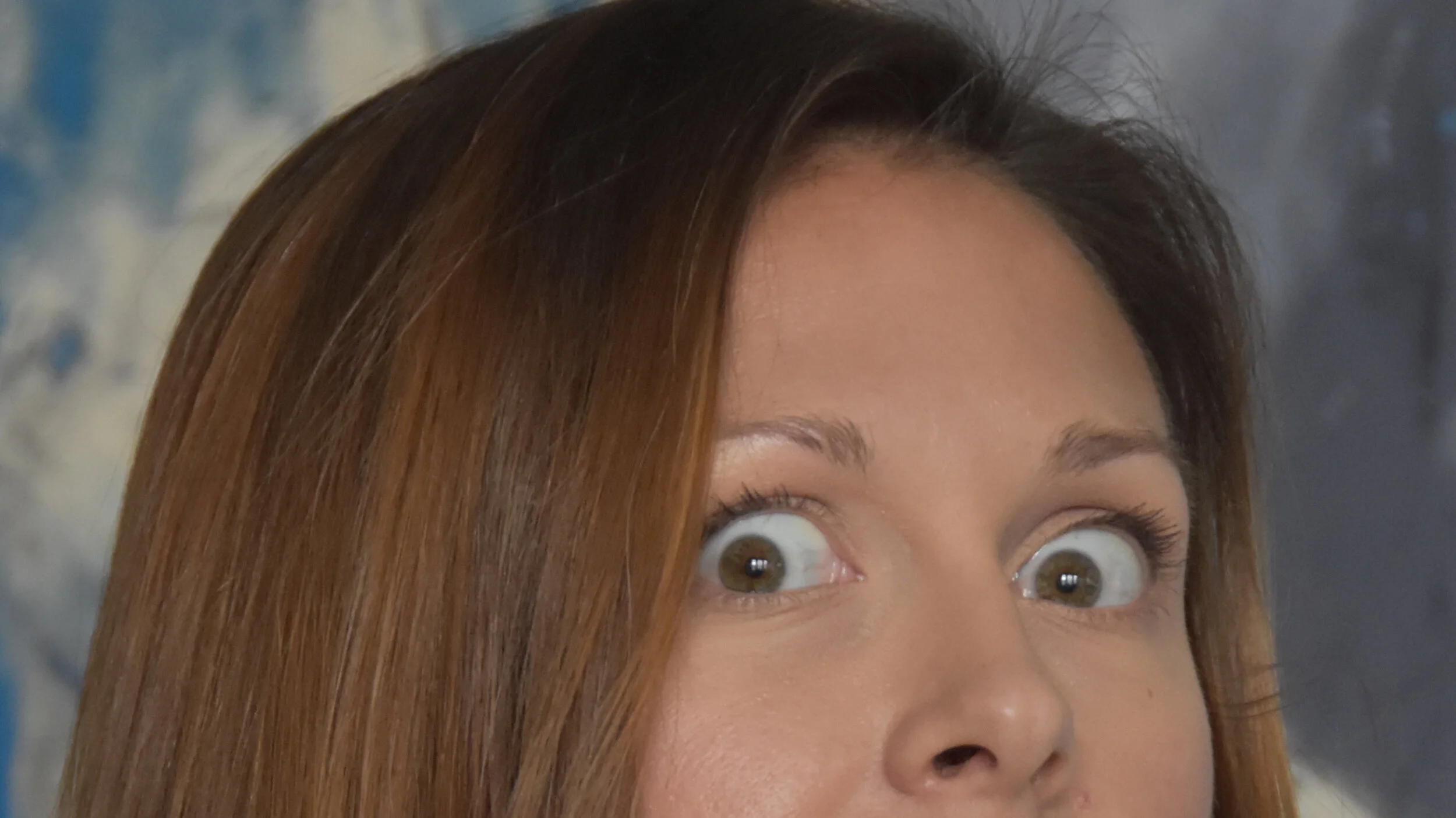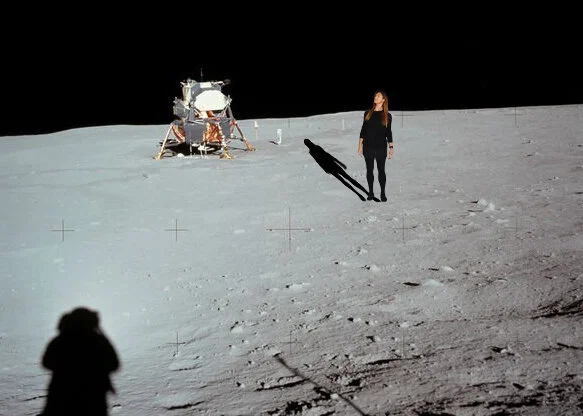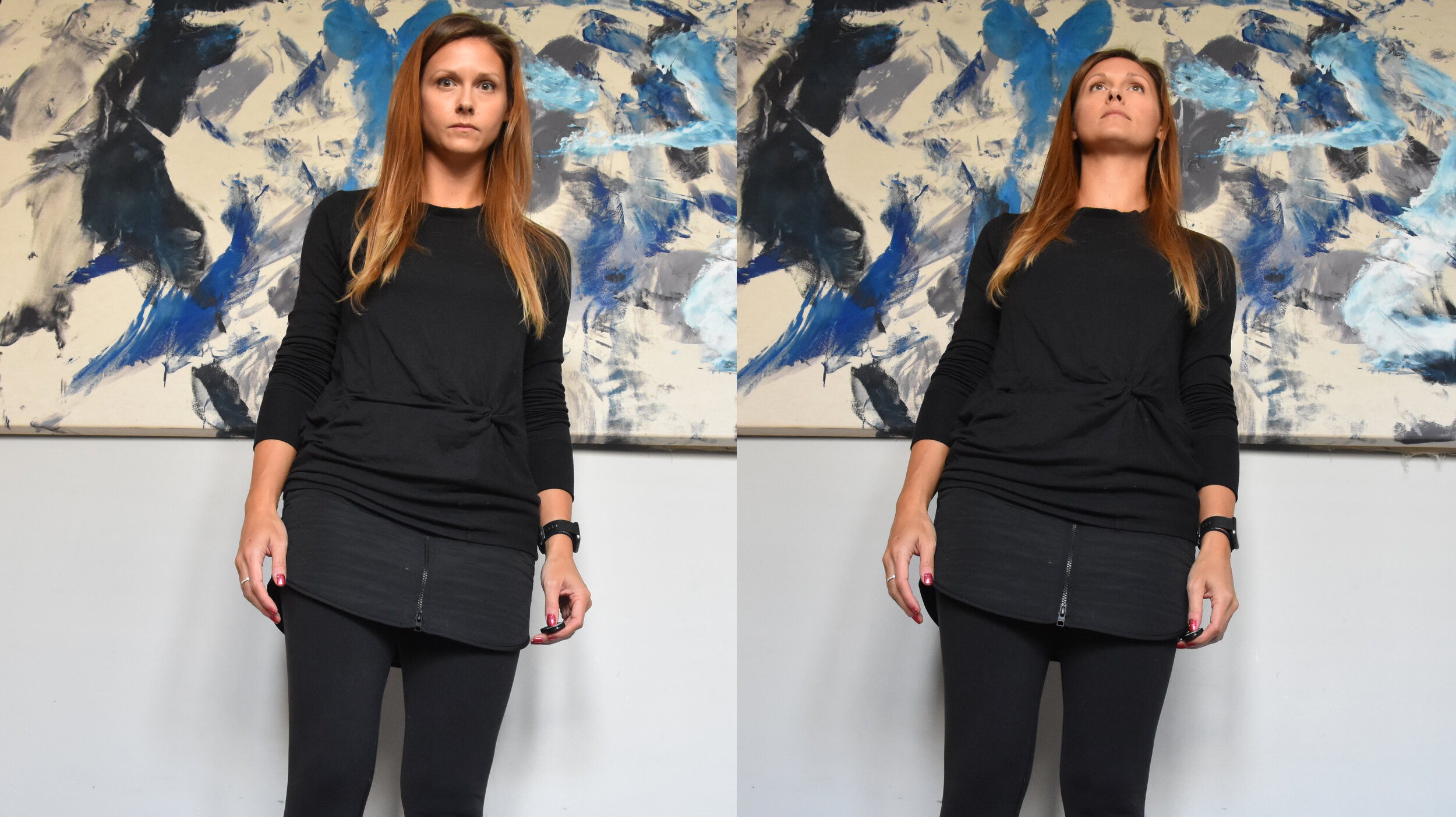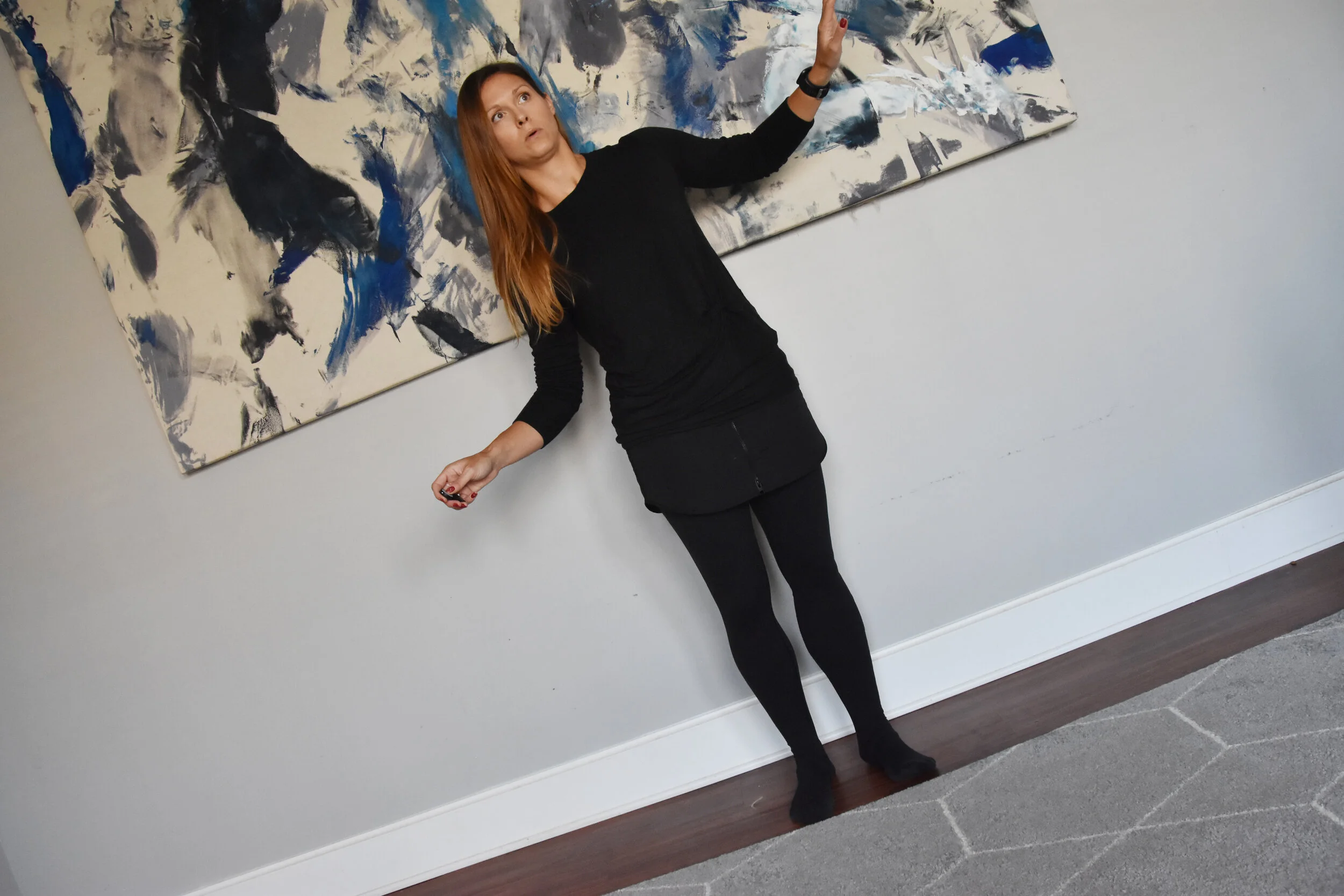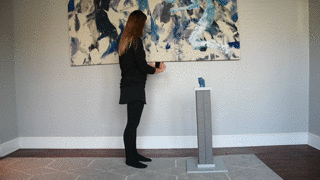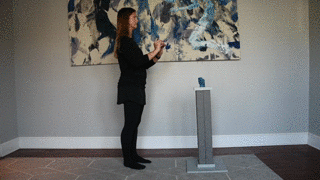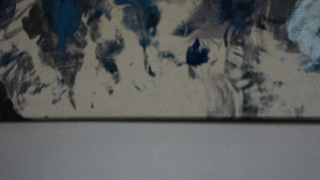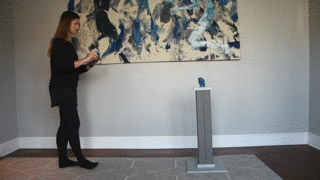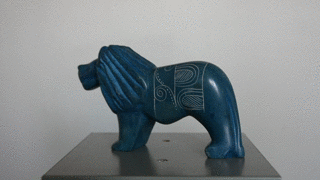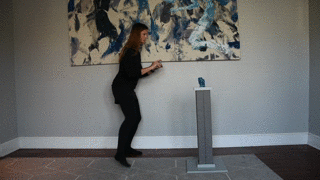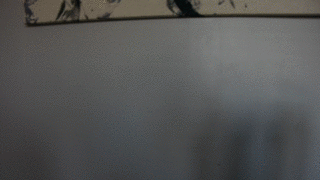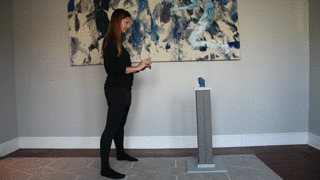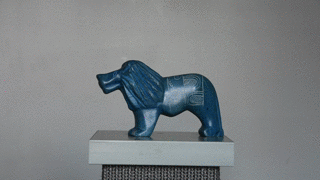Camera Shots, Angles, and Movements
SHOTS
Extreme Close-Up
Extreme Close-Up shots serve to highlight fine detail on isolated parts of the body or other objects.
Close-Up
Close-Up shots serve to highlight facial expression and detail on other objects.
Medium Close-Up
Medium Close-Up shots provide direct focus on the subject as well as greater latitude for movement than close-up shots.
Medium
Medium shots generally show action of half of the body and provide room to depict subject interaction.
Medium Long
Medium Long (Wide) shots show more of the body and place greater emphasis on the subject’s action or relationship to their environment.
Full
In Full shots, the subjects’s whole body fills the frame.
Wide
Wide (Long) shots show the subject’s whole body with emphasis on the location.
Extreme Wide
Extreme Wide (Long) shots establish the location and when present, help establish the subject’s relationship to their environment.
ANGLES
Low Angle
The camera is low to or below the subject, pointed upward. This can make the subject appear more imposing or grand.
Straight Angle
The camera is level with the horizon or square to the subject.
High Angle
The camera is above the subject, pointed down. This can make the subject appear diminutive or vulnerable. At a very high angle, far above the subject, it gives the viewer a bird’s eye view.
Tilted Angle (Canted)
Sometimes called a Dutch Angle, the camera is rotated so that the horizon is on a diagonal. This can create a sense of unbalance, anxiety, or dramatically offset the subject’s action from natural motion or normal orientation.
MOVEMENT
PAN
The camera rotates from either left to right or right to left from a fixed point, such as a tripod.
TILT
The camera rotates from up to down or down to up from a fixed point, such as a tripod.
DOLLY
The camera moves directly forward toward or backward away from the subject, traveling through space.
TRUCK
The camera moves laterally to the subject either left to right or right to left, traveling through space.
BOOM/CRANE
The camera moves vertically to the subject either high to low or low to high, moving through space.
TRIPOD/FIXED
The camera is fixed and unmoving, primary motion originates with the subject.
